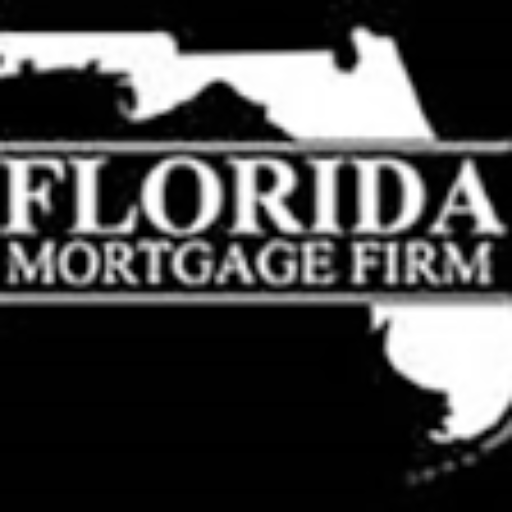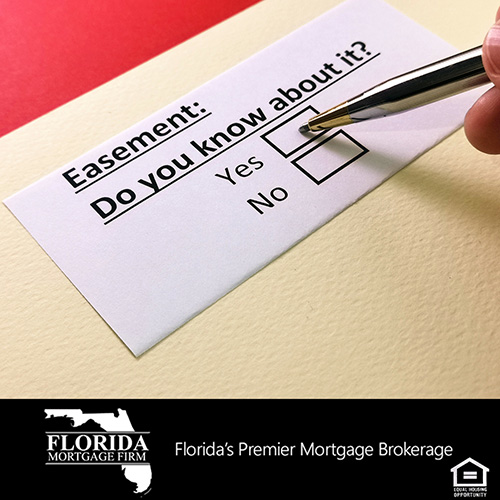It’s important to understand what an easement is in real estate, and even more so about any that are on a property before buying it.
Cornell Law School defines an easement as, “The grant of a nonpossessory property interest that grants the easement holder permission to use another person’s land.”
Basically, easements give third parties access to properties they do not own, and they’re more common than many people realize.
There are two types of easements, affirmative and negative. Among those are several kinds with different purposes. In either case, there is a party who holds the easement (does not own the property), and a party who granted the easement (owns the property).
An affirmative easement gives a holder the rights to use a property for a specific purpose. An example of this would be multiple homes sharing a well or drainage system.
A negative easement empowers a holder to stop a property owner from doing something that is legal, such as not being able to build a structure higher than one story to preserve a neighbor’s view.
There are several kinds of affirmative and negative easements:
- Utility easement
- Private easement
- Easement by necessity
- Prescriptive easement
- Adverse possession
- And more
To find out what easements may exist on a property, a title search will list all of them.
Here is a synopsis of each of these kinds of easements:
Utility Easements:
These are common and can be found on the survey of your property. They provide utility workers with the ability to access equipment located on private property.
For example, a utility company may hold an easement to a junction box located on your residential property. The workers for that company may access that part of your yard but do not have the right to walk inside your home.
Some utility easements may also prohibit you from making any changes to your property that could interfere with equipment, such as planting a tree near power lines.
Private Easements:
When a property owner sells an easement to someone else, that is a private easement.
A common use for this is in rural areas where people need pathways through neighbors’ properties to access their own land. A private easement can be sold to a person whose property is landlocked, giving it access to a road or another property.
Easement By Necessity:
Another way for a person to access landlocked property is with an easement by necessity.
Let’s say a farmer owns two parcels of real property and only one has access to a road. The person sells the landlocked unit to another farmer who bought the property for agricultural commerce.
An easement by necessity could be issued because “… 1) at one time, both properties were once owned by the same party, 2) that a common (seller) conveyed the landlocked parcel, thereby causing the need for an easement; and 3) that, at the time the landlocked parcel was conveyed, the (seller’s) remaining land had access to a public road,” according to The Florida Bar. This would be an “implied easement arising by way of necessity.”
Prescriptive Easement:
A prescriptive easement is granted to someone who does not own the regarded property after using it openly without permission for a specific purpose and/or destination.
According to Florida Law, “Such use has either been with the actual knowledge of the owner or so open, notorious and visible that knowledge of the use is imputed to the owner.”
In some coastal states, prescriptive easements are synonymous with pathways to beaches. Beachgoers had uninterruptedly cut through a property for a long period of time. In Florida, the length is 20 years.
If you notice someone continually trespassing on your property, consider addressing the issue before it’s too late.
Do not confuse a prescriptive easement with adverse possession, even though both are a way to gain legal access to another person’s property.
Adverse Possession:
Adverse possession is sometimes compared to squatting rights.
Generally speaking, if a trespasser has been in continuous possession of real property for 7 years — and he or she has either protected it with “substantial enclosure,” or “cultivated, maintained, or improved in a usual manner,” according to Florida Law — then he or she may be able to claim adverse possession of the property. There are more specific criteria that must be met for someone to claim adverse possession successfully.
Easements are not inherently bad. Sometimes they are necessary and beneficial to all parties. Just remember to be aware of them, especially when buying new property. They can restrict your property rights in certain scenarios. Also, remember that a title search and a property survey can help reveal what easements may exist.
Florida Mortgage Firm is not a licensed attorney. We recommend consulting a professional in the easement arena should you have specific, related questions and examples.

